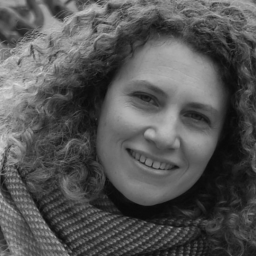Art & Exhibitions
Why the Revived Interest in Arte Povera Is a Salve for Our Instagram-Addled Era
A major new exhibition at Bourse de Commerce in Paris is shining a light on the movement.
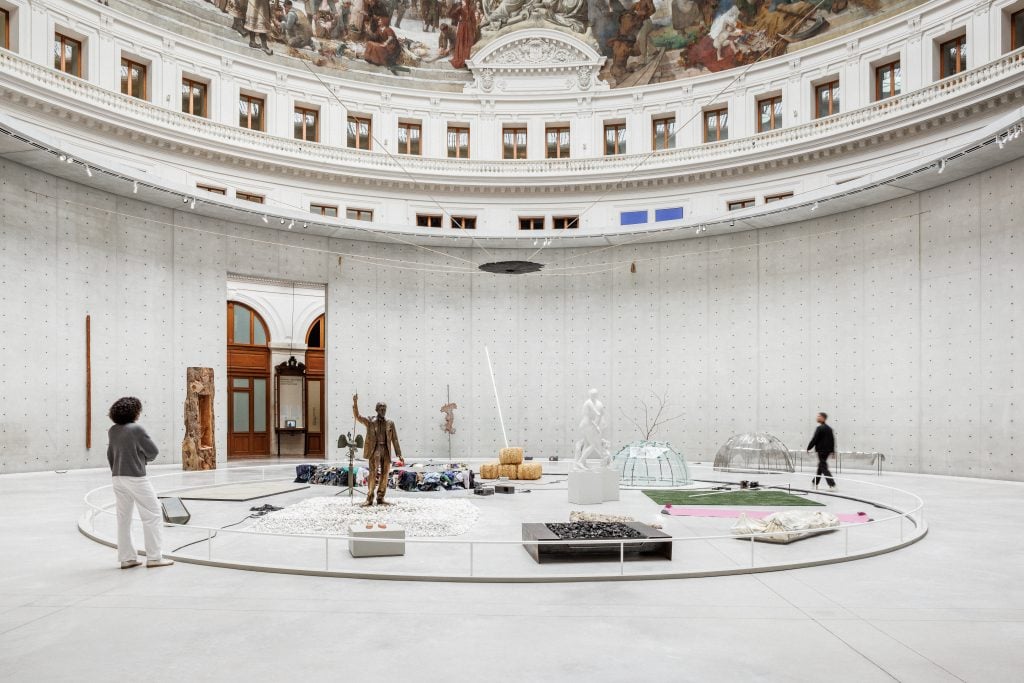
Live horses tethered to the walls of an art gallery; a knitted circle of nylon threads left to disintegrate in ocean waves; a motorcycle with cattle horns for handlebars riding perpendicular to the ground; and a compass embedded in a slab of granite. These are just some of the so-called “poor art” works made by the provocateurs behind Arte Povera.
Even decades after the term was coined and promoted by the late art historian Germano Celant in 1967, uniting a loose gaggle of postwar Italian artists around their use of humble materials (though this was not always true), art world figures still talk about how their lives were forever transformed by the movement’s radical ideals.
The esteemed Italian-American curator Carolyn Christov-Bakargiev is one such person. She said in an interview that when she worked as a young, independent freelancer, she sat in the kitchens of several Arte Povera artists, sharing meals and chatting. They taught her that nothing was static, that art objects could change in response to their environments, temperatures, or the light. Arte Povera “says the artwork is not in its materiality, but in its constant, vital transformation of energy,” she added. “And that is really important. That marked my life.”
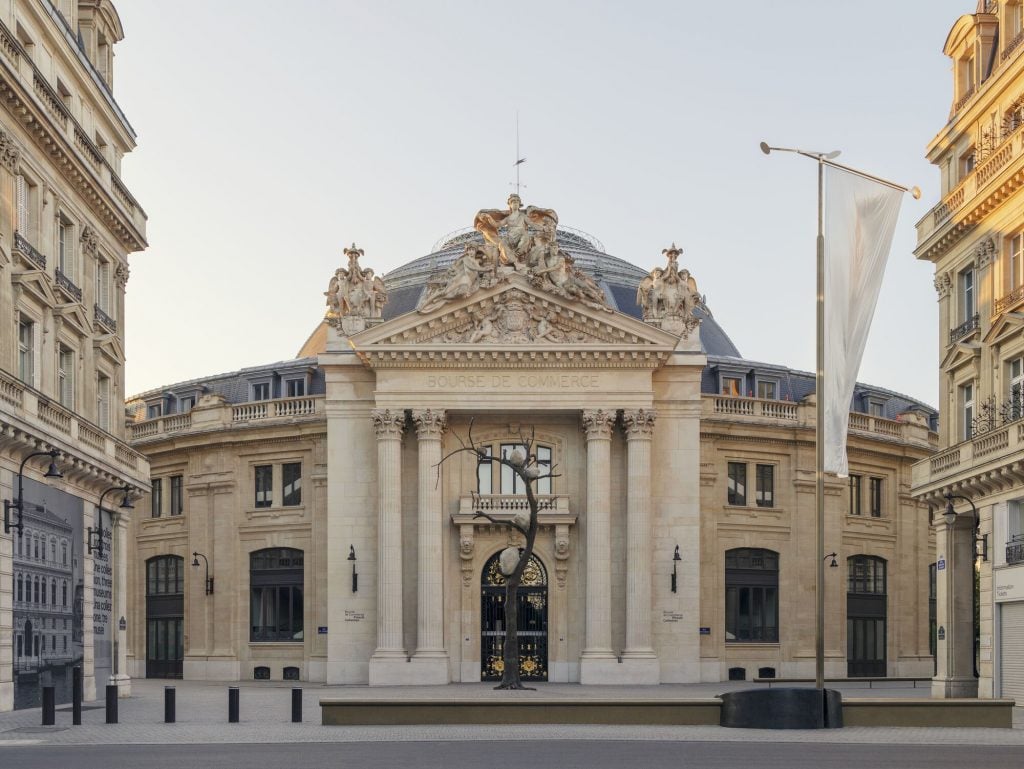
View of the forecourt of the Bourse de Commerce — Pinault Collection, Paris 2024 Giuseppe Penone, Idee di Pietra, 2010 Mario Merz, Fibonacci Sequence, 1984 © Pinault Collection/ ADAGP, Paris, 2024. Photo: Romain Laprade
And though it was always relevant to art history, suddenly, Arte Povera is front and center this fall. Christov-Bakargiev is curating a major Arte Povera exhibition opening this month (through January 20, 2025). All three floors of the Bourse de Commerce, Pinault Collection in Paris are devoted to it, with separate spaces individually focused on thirteen artists, showcasing some of their best and most historically significant works. This is lightly interspersed with later practices influenced or resonating with Arte Povera, as well as the wider context of postwar avant garde movements, including Japan’s Gutaï. At Art Basel Paris, many dealers are presenting works by artists tied to the art movement.
And yet, that very act of presenting, and consequently, collecting Arte Povera, comes with its own challenges. “It’s not easy to show Arte Povera,” said Christov-Bakargiev at a preview of the Bourse de Commerce exhibition. “How do you show fire? Something burning in a museum?” She pointed to Gilberto Zorio’s Arco voltaico [Voltaic Arc] (1968), of an electric current periodically jumping in an arc made by two charged copper rods that nearly touch. “Look, look,” she urged reporters, interrupting herself on another subject. “We have lightning in the Bourse de Commerce!”
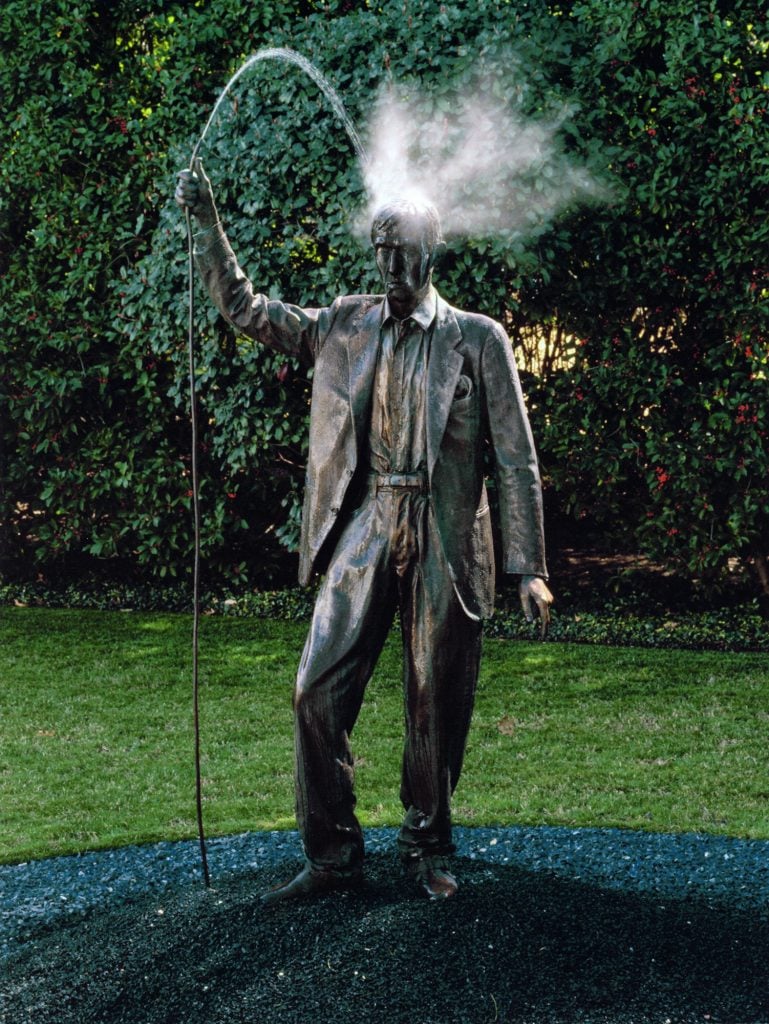
Alighiero Boetti, Autoritratto (Self-portrait), 1993-1994, cast bronze, fountain system, and electric heating element, 200 × 88.4 × 49.5 cm. Pinault Collection. © Adagp, Paris, 2024.
Hard to contain, or even define—these inherent contradictions have inadvertently contributed to limiting Arte Povera’s broader reach outside of Italy, but for the very same reason, have made it a source of endless fascination to many artists and a curious public alike. That interest now appears to be swelling, given a boost by the Bourse de Commerce’s rain-making platform, and perhaps also thanks to a latent yearning for alternative breaks from our digitally hypnotized lives. As Christov-Bakargiev has said, Arte Povera plays upon our physically real presence, urging a closer look, and ultimately experience, of the here and now.
The Bourse exhibit offers this on many occasions, though it takes a good amount of time to absorb fully, and an open mind. There are moments, like under the museum’s vast, central dome, when the artworks can feel like banal, scattered objects with little relation to each other. They do better, taking on a life of their own, in the galleries winding through the building, which are dedicated to a single artist’s vision and world.
One example is the must-see, large, downstairs space featuring Zorio’s practice. Behind a glass window, hangs his glowing-red, thin wire line stretched across the rounded, dark auditorium. In the center, small letters spell out the word “confine.” Made of a chrome-nickel wire that is charged with an electrical current, it is a thing of poetry, both delicate and dangerous. It would immediately burn through flesh if touched. Little explanation is needed here.
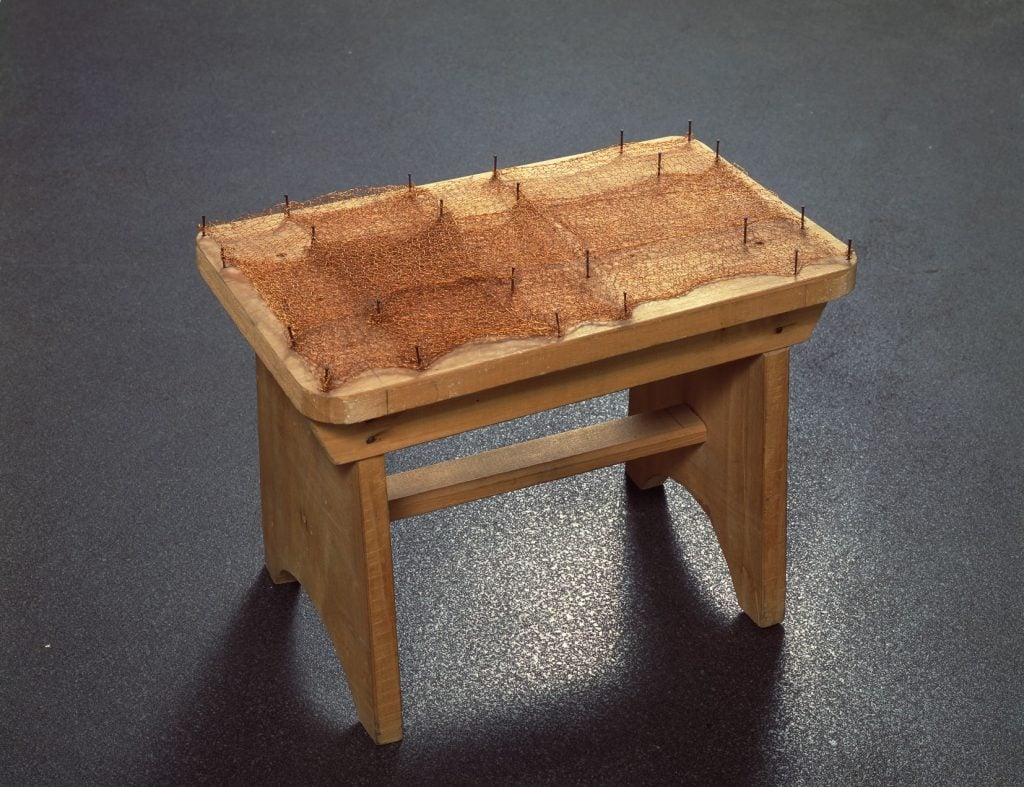
Marisa Merz, No Title , 1979, wood, copper, 25 × 40 × 30 cm. Collection du Castello di Rivoli Museo d’Arte Contemporanea, (Rivoli-Turin). Photo : Paolo Pellion. © Adagp, Paris, 2024.
A Surge in Interest
While the current Paris show’s blockbuster appeal marks a major step in wider recognition, Celant’s recent passing, as well as that of artist Giovanni Anselmo, are among the factors that have contributed to an uptick in attention on the group.
The list of institutional shows on the subject feels nearly endless. A traveling exhibition about Anselmo is currently on view at MAXXI, Rome, having debuted at the Guggenheim Museum Bilbao in February. A rare retrospective of works by Pino Pascali recently closed at the Fondazione Prada, Milan curated by Mark Godfrey. The Guggenheim Museum in New York puts Arte Povera works at the center of its show, “By Way of: Material and Motion in the Guggenheim Collection,” on view until January 12, 2025.
Arte Povera artists were responding to postwar Italy, and the ensuing, hyper-rapid rise of industrialization and consumerism that butted against Italy’s still largely rural communities. Its stars, Giovanni Anselmo, Jannis Kounellis, Mario and Marisa Merz, Pino Pascali, Giuseppe Penone, and Michelangelo Pistoletto, to name a few, were too free-spirited to adhere to a formal manifesto, and some scholars refuse to call them a single “movement.” They were interested in juxtaposing ephemeral, natural, and organic materials with industrial and found ones and, later, they were reacting to the dominant Minimalism of the 1970s and ’80s.
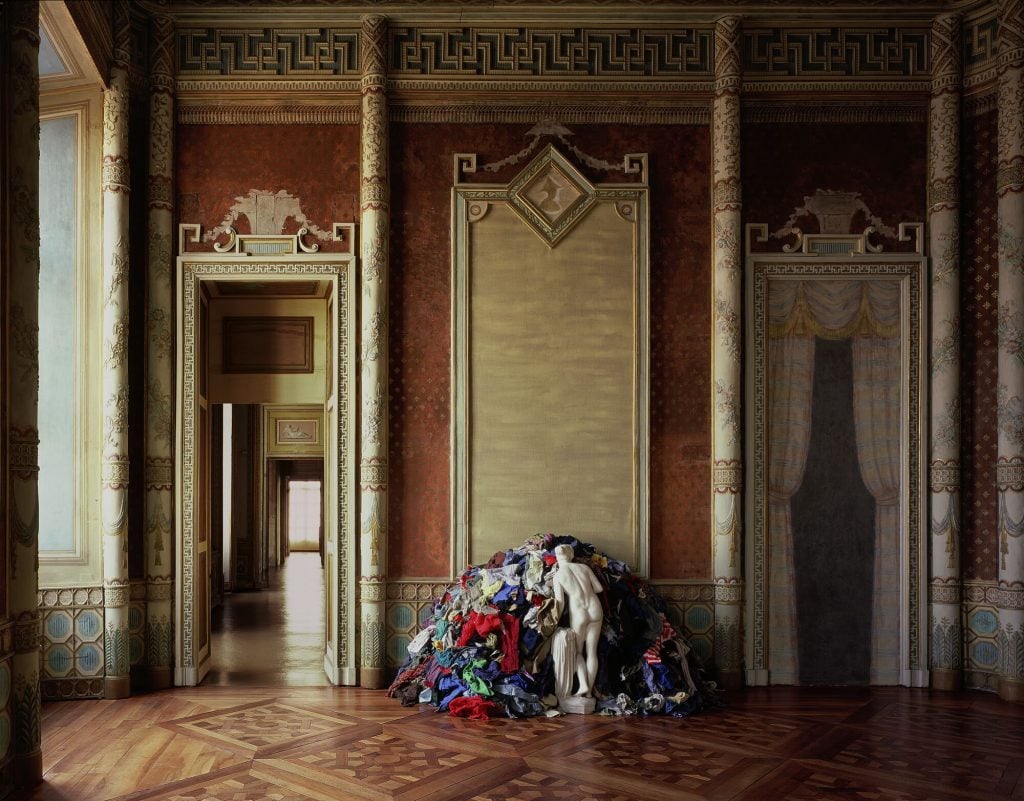
Michelangelo Pistoletto, Venere degli stracci, 1967, reproduction de Vénus en ciment recouvert de mica et de chiffons, 150 × 280 × 100 cm (installation). Courtesy du Castello di Rivoli Museo d’Arte Contemporanea (Rivoli-Turin). Prêt de la Fondazione per l’Arte Moderna e Contemporanea CRT. Photo : Paolo Pellion.
All told, the movement was brief—its heyday, strictly speaking, is considered to have spanned 1967 through 1972. That is one reason there are but a few existing Arte Povera “master works” on the market, or readily available for viewing, explains Mariolina Bassetti, Global Chairman of Post-War and Contemporary Art at Christie’s in an interview. Still, she notes market interest has grown for the category, with a 2001 auction of about 17 Arte Povera lots selling for a total of about $5 million, versus about $32 million total in 2017 for 30 lots.
New Views on the Movement
Now historians are delving further into the role of women in postwar Italian art, both broadly and in direct relation to Arte Povera. To this day, only one woman, the stellar Marisa Merz (1926-2019), is considered a full-fledged Arte Povera artist, according to criteria such as having no fixed frame formally containing the work within its boundaries and working within the concept of an installation. Yet even Merz, in a too familiar trope, was belatedly recognized internationally, thanks to a groundbreaking 2017 retrospective at the Hammer Museum in L.A. and the Met in N.Y.
Teresa Kittler, a lecturer in Modern and Contemporary Art at University of York, and Sharon Hecker, an art historian and curator specializing in modern and contemporary Italian art, co-edited an upcoming anthology on the roles of female partners, critics, assistants, collaborators, and others in Arte Povera circles and beyond, titled “Art and Intimacy in Modern Italy.”
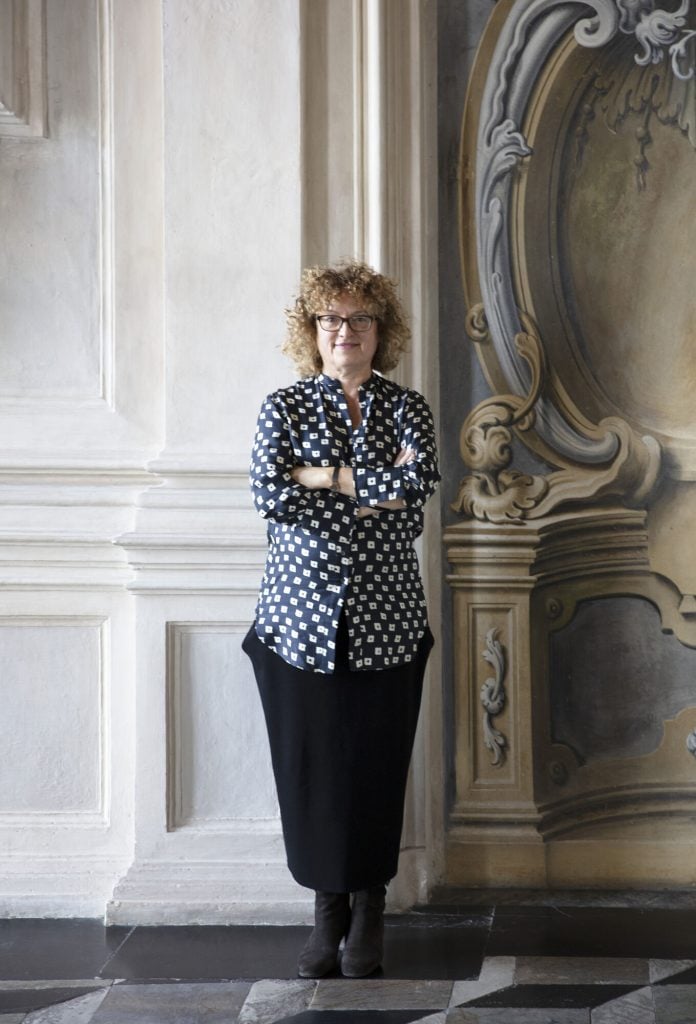
Portrait of Carolyn Christov-Bakargiev. Courtesy of the Castello di Rivoli Museo d’Arte Contemporanea, Rivoli-Turin. Photo: Sebastiano Pellion.
Hecker explained Celant has been criticized for depicting a reductively unified vision of Arte Povera, which also marginalized its political dimension. He also over-emphasized the use of “poor” materials, she noted, when some artists from the group employed more noble mediums. Luciano Fabro, for one, had an affinity for precious marble and Murano glass.
She said in an interview that Arte Povera’s male-dominant narrative has turned some of her students away from focusing on the movement. But both Kittler and Hecker are optimistic. “A generation of scholars have done a lot to transform the landscape of postwar Italian arts beyond Arte Povera, which affects how Arte Povera is read, because it puts it in dialog with other things that are going on at the same time, and other artists, making it feel richer and more expansive,” Kittler said. This research has also opened a vast, unchartered area of unrecognized women as well as male artists doing work in postwar Italy, who didn’t quite fit the Arte Povera label. “If you start to scratch the surface,” she added, and “even within Arte Povera, there are figures that come out of the shadows.”
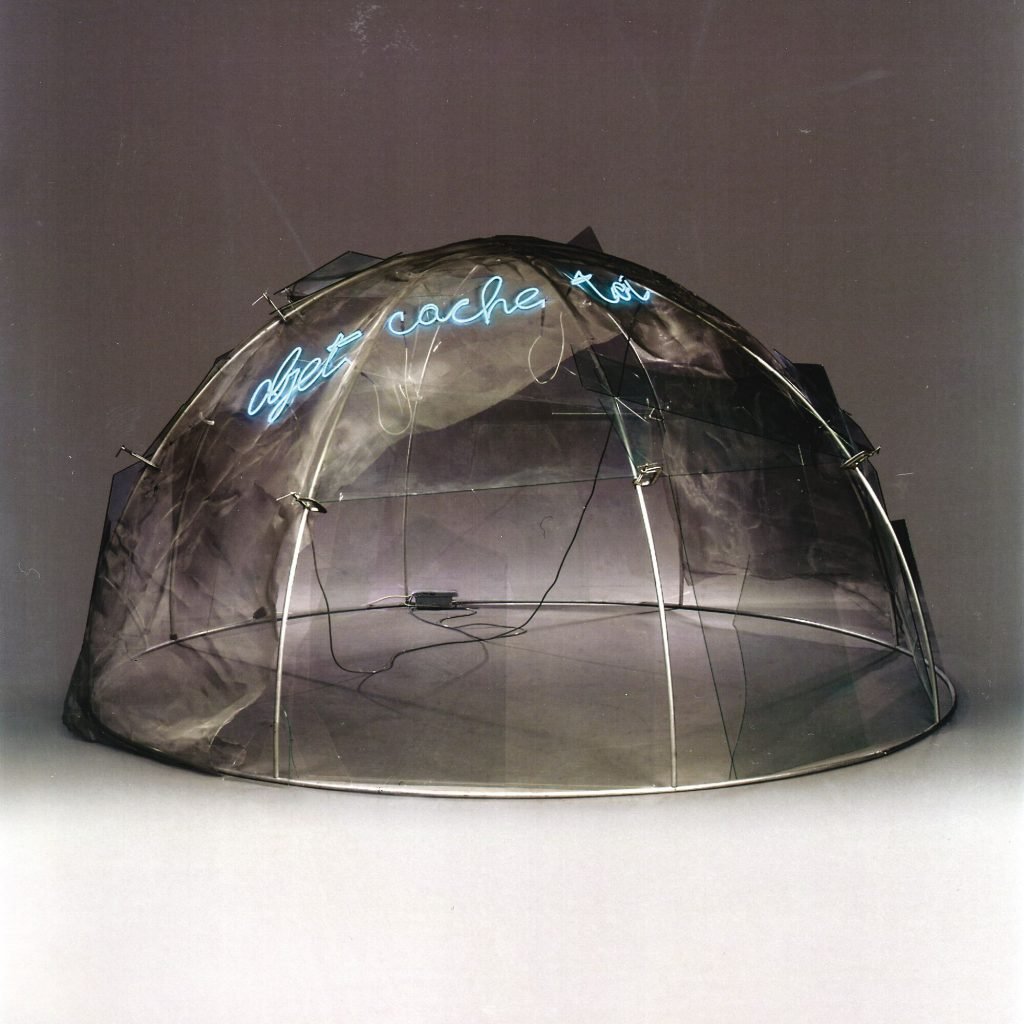
Mario Merz, Igloo Objet cache-toi, 1977, aluminum, C-clamp, grillage, glass, neon and transformer, 185 × 365 cm. Pinault Collection. Photo : Christie’s images LTD. © Adagp, Paris, 2024.
Art in Space
Ideas put forward by Arte Povera thinkers may be striking a particularly resonant chord in today’s digitized world. The movement that was always skeptical of over-theorizing, is focused on confronting the viewer directly with forces of nature, and everyday, simple, crafted materials, so that one can grasp, almost without thinking, the thing in front of them for what it is. It “helps you connect to your body in space, and your physical transformations. To become aware that we live, for example, on a globe that spins, and has gravity,” said Christov-Bakargiev. It can connect the dots in an endless processing of what is real, and what it means to experience something—life—in the flesh.
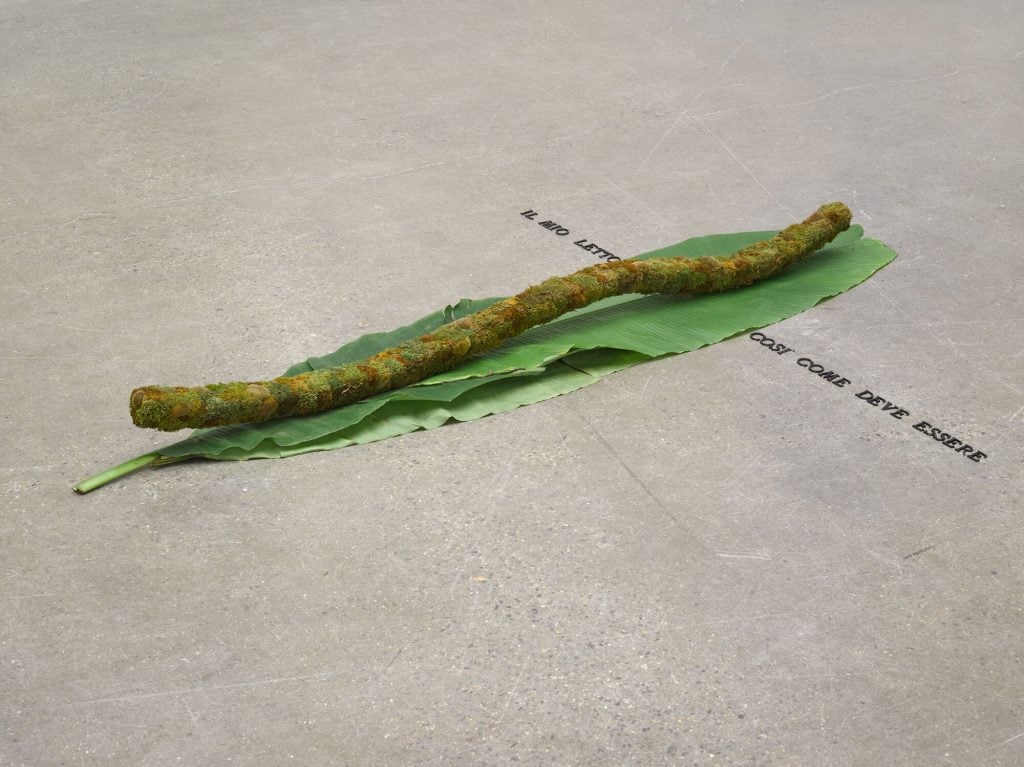
Pier Paolo Calzolari, Il mio letto così come deve essere (My bed as it should be), 1968, copper, brass, foam, banana leaves, bronze letters, 35 × 175 × 150 cm. Collection Fondo Calzolari. Courtesy of White Cube Gallery (London). Photo: Ben Westoby. © Adagp, Paris, 2024.
Arte Povera artists were groundbreaking on many levels, and invented installation art, according to Christov-Bakargiev, who differentiates this from more closed “environments.” “We are now in a world grappling with this question of tactility and experience. There’s a craving for audiences to see something that feels physical, not just a real work of art, but a work of art that engages your body,” wrote Naomi Beckwith in a recent piece on Artnet. Plus, “there is no way now to show some of the amazing innovations of someone like David Hammons or Mark Bradford without going back to the Arte Povera movement,” she added.
They wanted to break the “nature/culture divide,” noted Christov-Bakargiev in the 2017 Marisa Merz exhibit catalog. Sculptures occupied rooms that changed with them, making the entire thing unfinished, open-ended. “Primary energy and lived experience were important to them. Gravity and electricity—as well as memory, affect, and vital impulses—were put on a par. They did not believe in linear art history, but rather in a spiraling, fluid, subjective sense of overlapping time, both ancient and contemporary.”
These are all ideas that audiences, chained to their smart devices, may find particularly heartening now.

